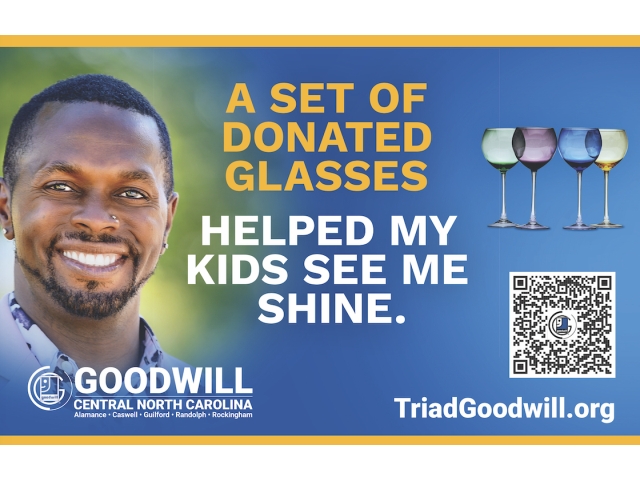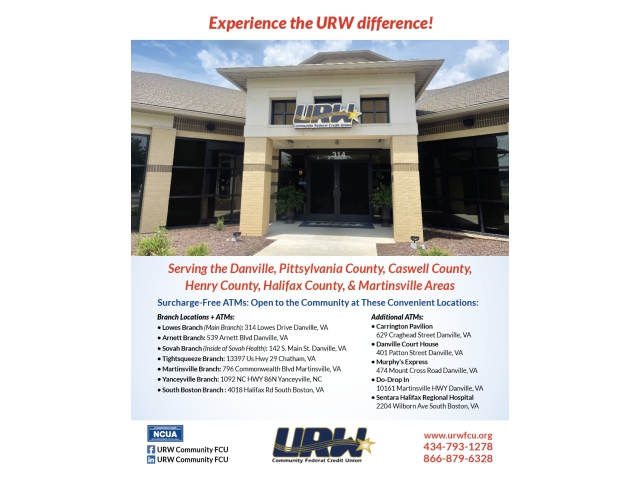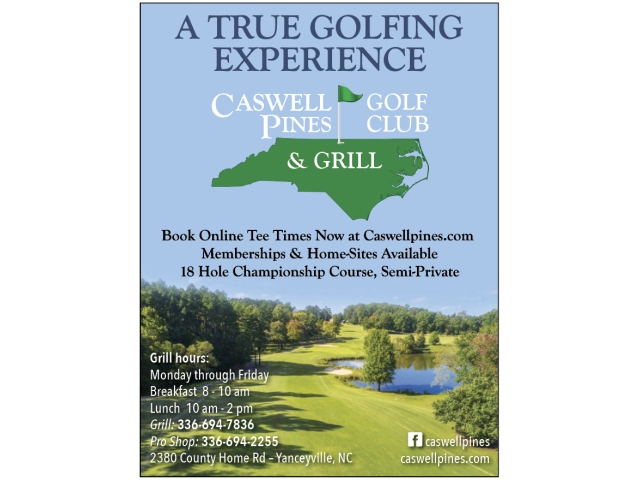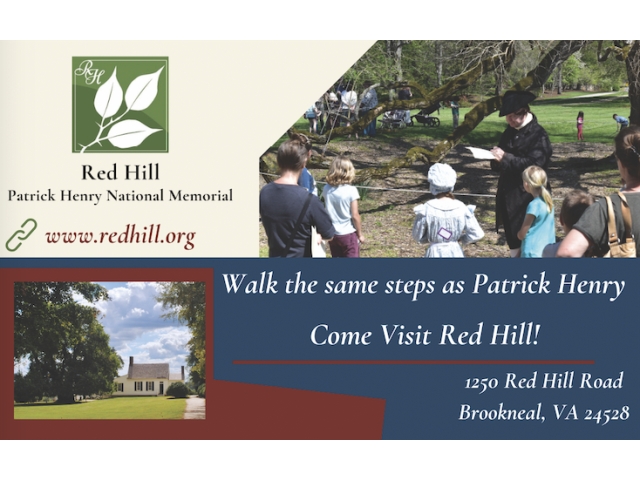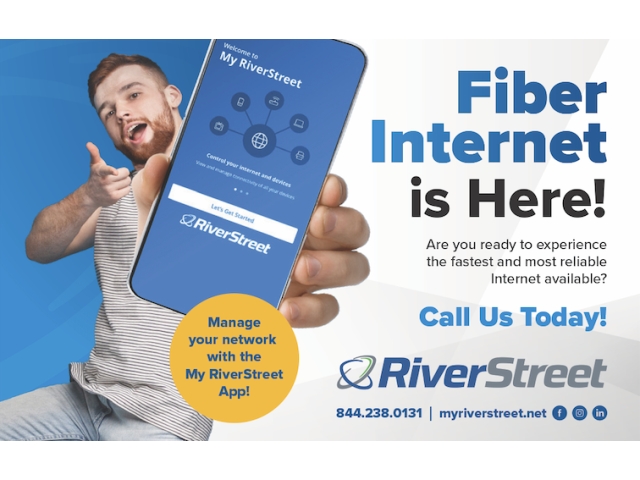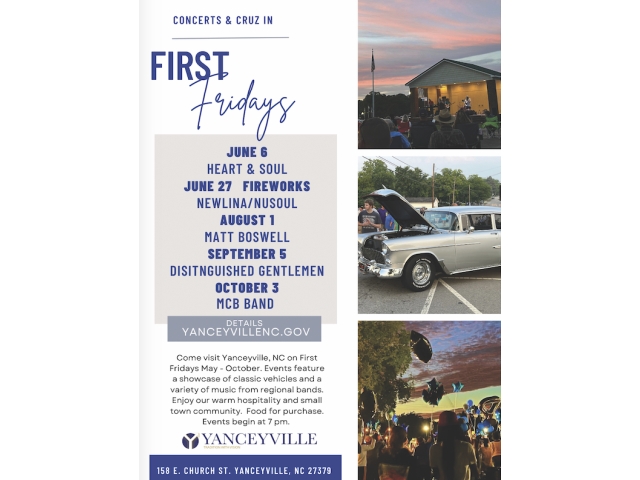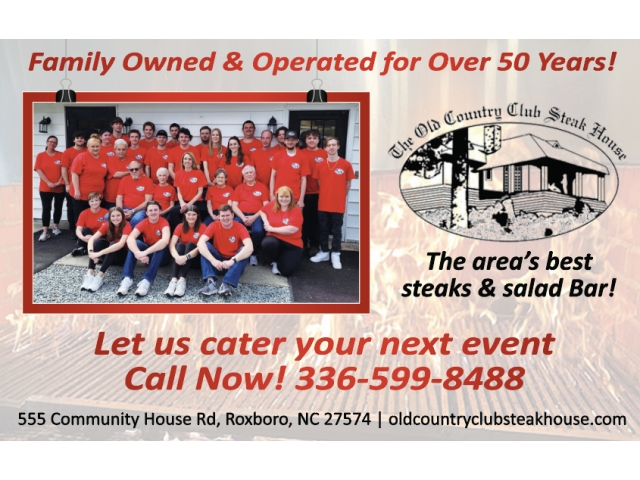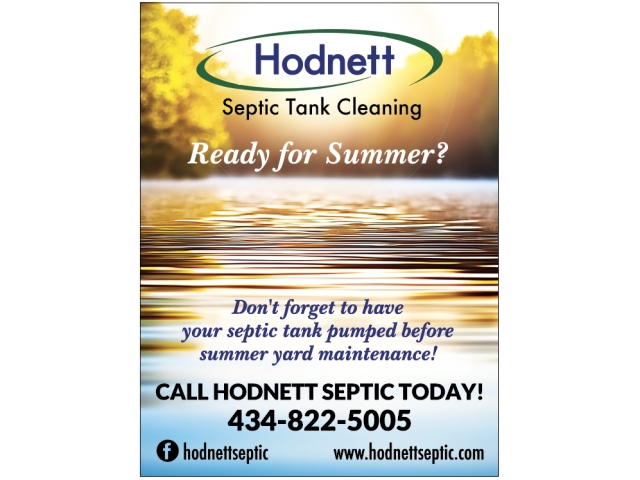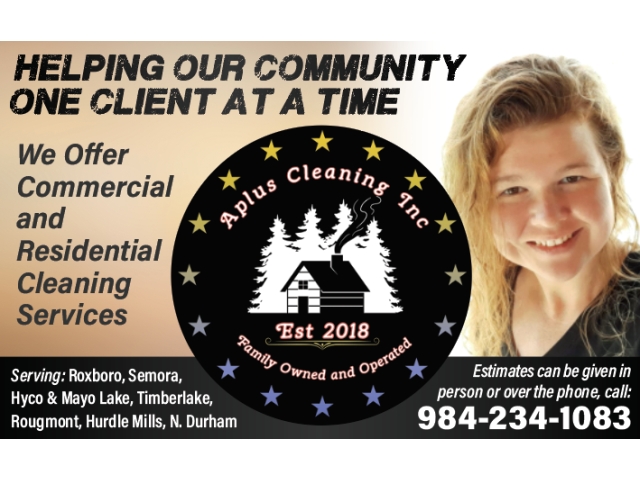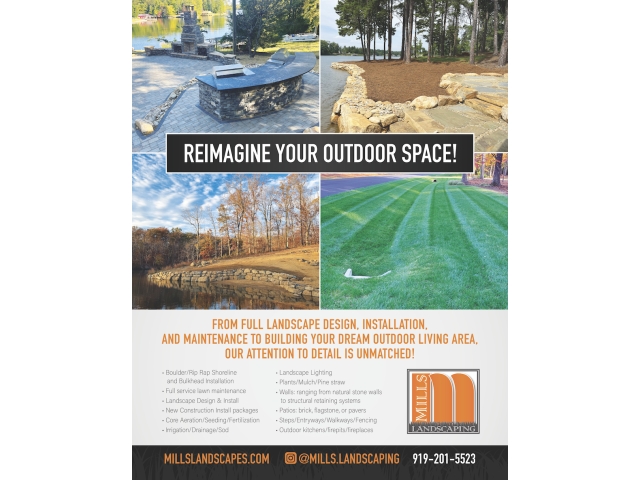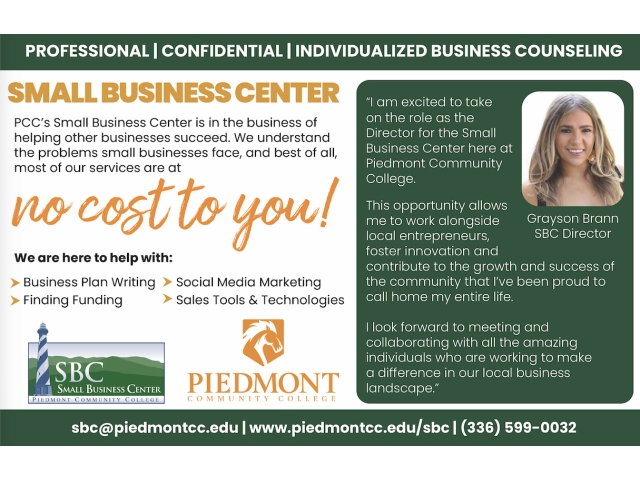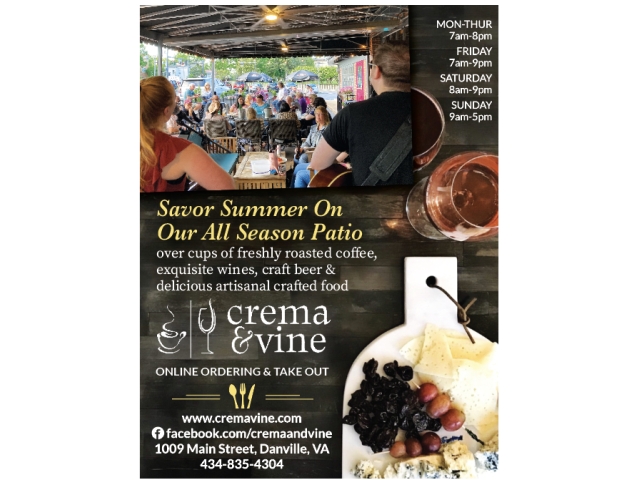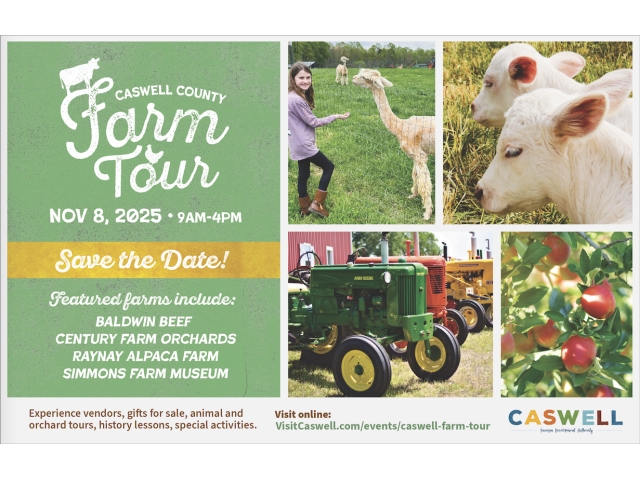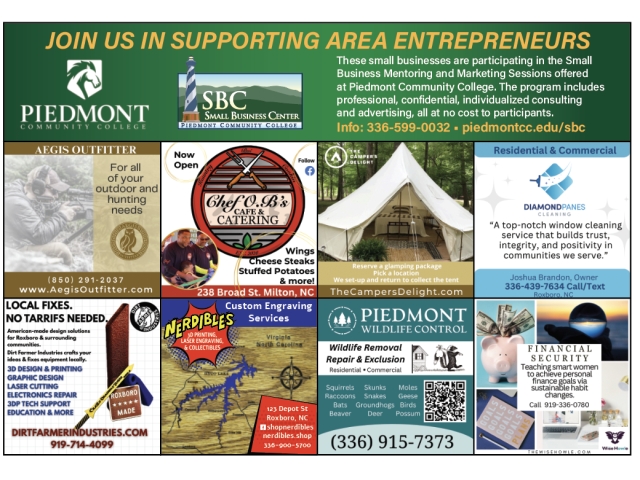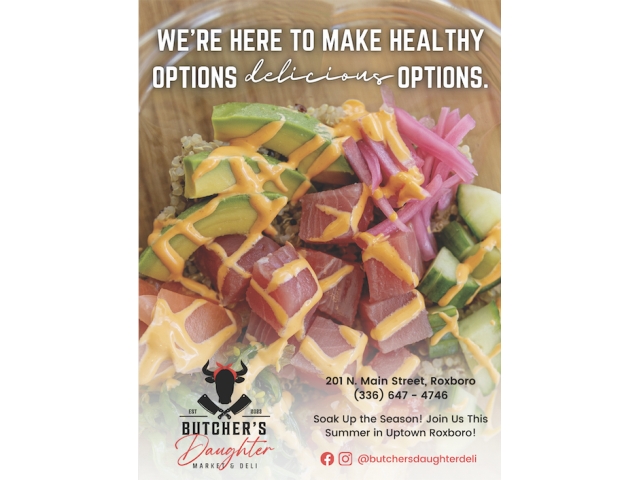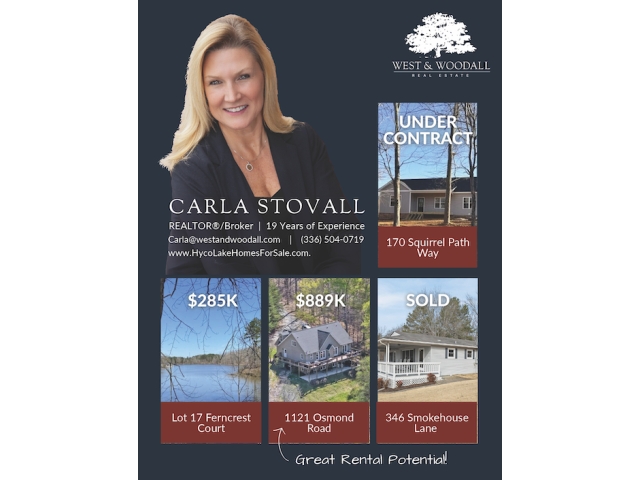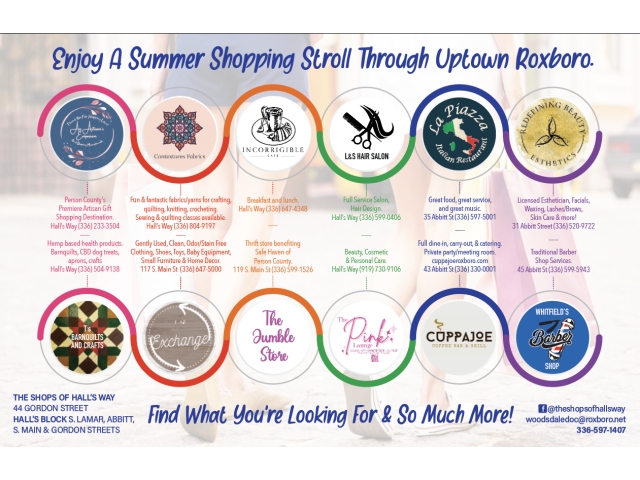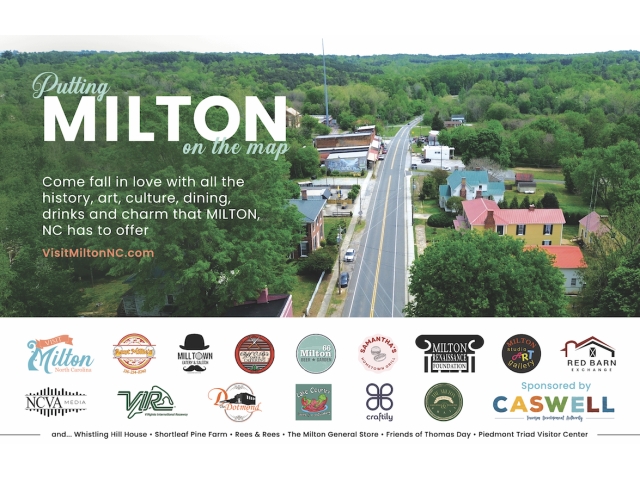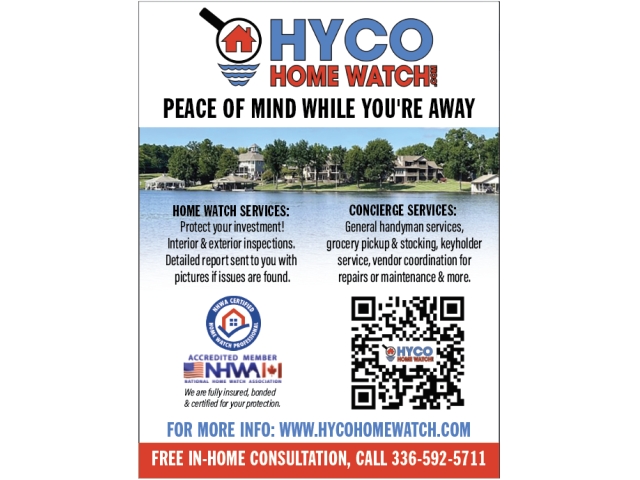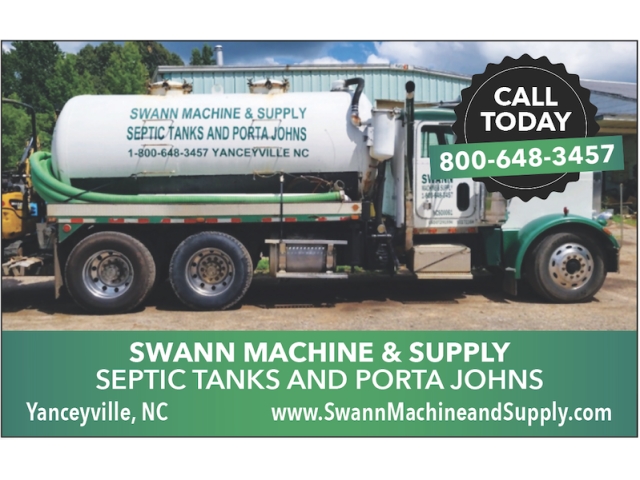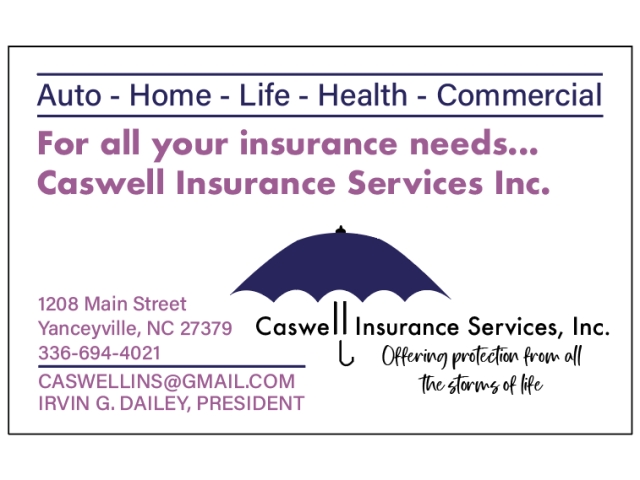
By Laura Glantz
HYCO LAKE-When I first started training as a professional paddler, I didn’t realize how important food would be to my career. I also didn’t know that a person could be incredibly fit and still be unhealthy. After struggling with this concept at what should have been the peak of my career, I was ready to quit. However, my father’s words rang in my head: “Quitters never win… Winners never quit.” I knew he was right. There had to be a better way, a missing piece of the puzzle.
I had big goals for myself, so I paddled like a maniac. Armed with tons of motivation, I decreased my caloric intake in an attempt to get lean, lose weight, improve my fitness, and get healthy. I had no idea just how wrong I was. The problem with that strategy is that it is ultimately doomed. While getting fit and healthy may include losing weight, the strategy doesn’t look the way pop-fitness often sells it.

As I discovered, when you drastically reduce your calories while increasing your activity level with HIIT (high-intensity interval training), metabolism-revving, or calorie-scorching workouts, your body adjusts accordingly, but not the way you might like. If you restrict calories below what your body requires to maintain the basic function known as BMR, (basal metabolic rate) then it takes the signal that there aren’t enough calories coming in very seriously. Building new muscle and blood vessels and recovering from your physical efforts requires more calories, not less.
Taking in fewer calories than you burn actually slows down your metabolism to conserve calories, so it has enough energy to carry out essential life functions. As your metabolism slams on the brakes, your neurological system manifests this slowed metabolism as a loss of motivation, tiredness, or maybe even stress and anxiety.
In my case, it just felt like wanting to quit. These signals are your body trying to get your attention to say something is wrong. If we continue to ignore it, keeping calorie intake below what is required, certain functions that aren’t needed to sustain life – like hormone production – will turn off. The food you do take in will go to sustain essential life functions in panic mode. In other words, your body actually packs on the pounds as it goes into starvation mode. Who would have thought that we could actually gain weight when we eat less?
I was training as hard as I could to reach my goals, watching what I ate meticulously, and somehow, I was gaining weight with zero motivation and was completely burned out. I thought my career as a professional paddler was over. I had lost sight of my goal and got caught up in chasing race results. In a surprise turn of events, I ended up as unhealthy as I’d started, or perhaps even worse.
I needed some time off to think. I decided to go on an ultra-distance, multi-day paddle excursion. It would be just me in the wilderness, camping on the shore as I made my way from the Piedmont to Cape Hatteras.
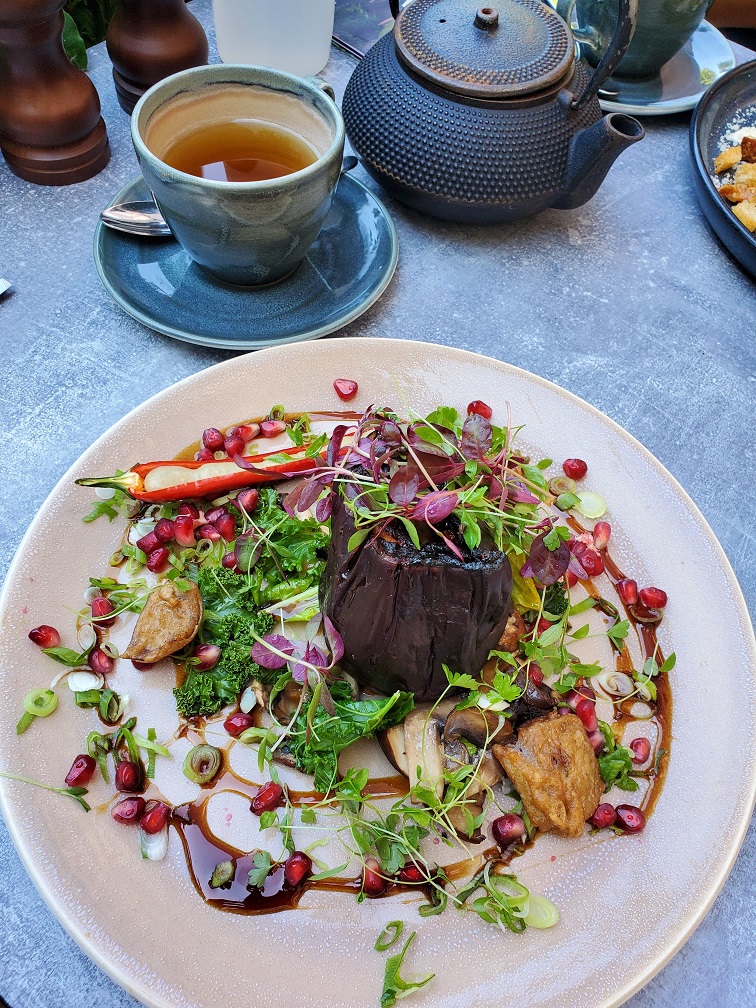
Being an unabashed bookworm, I buried myself in new resources about wilderness survival and foraging. This sent me down a rabbit hole of information, and like a grateful Alice, I dove down deeply. I quickly realized that it wouldn’t apply just to my paddle trip but my overall health and eventual return to competitive paddling.
If I would be out in the wild, paddling 10-12 hours a day, I needed to ensure that I had plenty of energy coming in and plenty of micronutrients. Although I planned to pack enough food, I took the opportunity to learn about edible plants and mushrooms that I could find along my route just in case.
I also read up on training for long distances and was surprised that I had been wrong. Essentially, if you’re looking to train for anything that lasts longer than two minutes, the bulk of your training will be below your aerobic threshold. If you do a ton of high-intensity training activities, which feel good and release endorphins, you’ll also release cortisol – the stress hormone. That can interfere with your digestion and immune system, further exacerbating your low nutrient intake and recovery.
The last gold nugget of information I came across during my foray into foraging was my hesitation to eat carbohydrates. In my effort to keep my weight low, I was constantly restricting my carbohydrate intake. It turns out that high glycemic carbs and the insulin response they cause actually help blunt the cortisol (stress hormone) response from intense workouts.
They’re also vital for women’s hormone balance! Furthermore, eating carbs after your workout will ensure that your body replenishes its glycogen stores and conserves much-needed protein for recovery and repair.
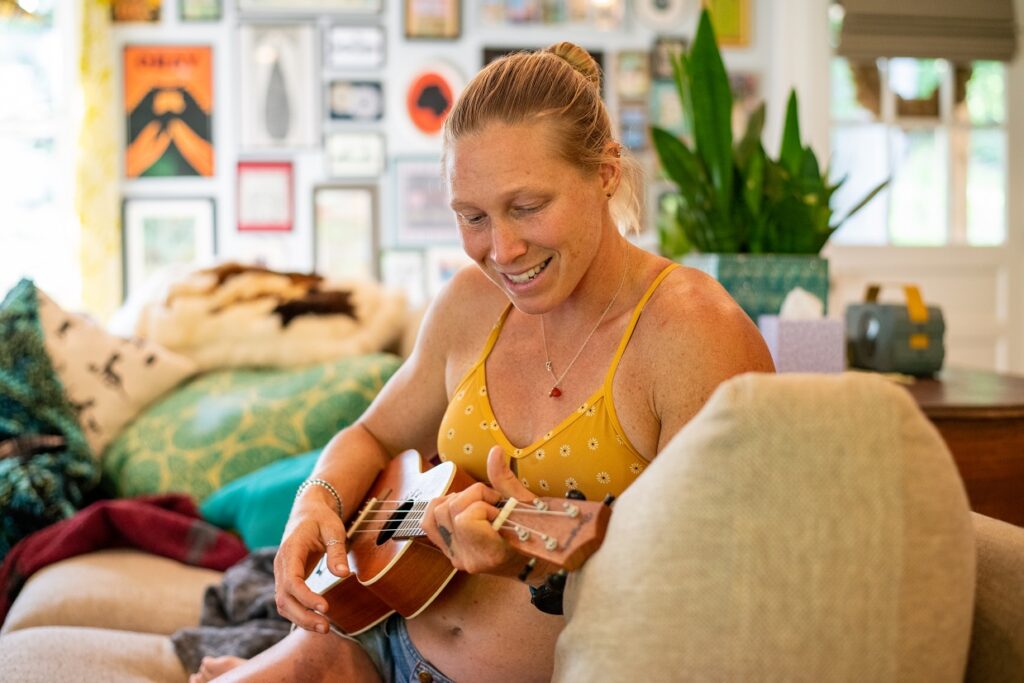
The trip ended up being a huge success, and not just because I stepped outside of my comfort zone and learned new information about training and nutrition. Being out in nature for so long felt amazing! It recentered me, refreshed my love for paddling, and left me feeling renewed.
At home, I started adding brown oyster mushrooms, mulberries, and even acorns. As I added these natural foods, I also prioritized low-intensity aerobic cardio. Low-intensity training and nature walking put my mind in a more “rest and digest” state, where I could burn more fat as fuel because my body was relaxed.
I slowly ramped up my activity levels while leaning into any feelings of being hungry. For the first time, I was listening to my body. When I was hungry, I ate. When I was tired, I slept. When I was restless, I went for a walk. And my body thanked me by becoming truly healthy.
What I discovered in my journey to healthy living was that when I tried to follow widely accepted calorie calculations that treat women as small men, it didn’t go well. I was cranky, stressed, and unmotivated. In other words, it wasn’t sustainable.

The subliminal messages for women to eat light are rampant in our society and are altogether unnecessary. What we should be pushing is eating healthier foods, not less food.
If you’re eating fresh vegetables, grains, legumes, fruits, and lean protein, your body will feel good. When you have a balanced approach to carbs, protein, and fat without many additives, oils, or fillers, you’ll be hard-pressed to eat too many calories.
Foraging for additional calories has provided a way for me to unwind and relax while adding valuable micronutrients to my diet that I may not get otherwise. Just like going out in search of some extra mushrooms for my soup, I’m glad I kept searching for answers to my low motivation and didn’t quit.
It’s been a very long journey, but I think I’m finally starting to get the hang of food, fitness, and foraging – although I would consider all three to be an ongoing practice. With these three in balance, my paddling career has taken off to a new level, and more importantly, so has my health!
April Zilg is a gold medalist in the Pan American Surfing Games, Gorge Downwind OC1 Champion and is currently leading the APP World Tour World Champion rankings for 2021 & 2022. After training and competing for the better part of the last decade, all her hard work paid off and now she wishes to share all she’s learned through her various projects, like the Athlete Agenda, and coaching the next wave of paddle athletes.
 www.lauraglantz.com
www.lauraglantz.com
@lauraglantz.photodesign
Laura Glantz is a water woman, businesswoman, and generally a jack of all trades. She runs her own photography, graphic and website design business, Laura Glantz Photo & Design, LLC. She is an eight-time AAF award winning graphic designer living in Wilmington, NC.
